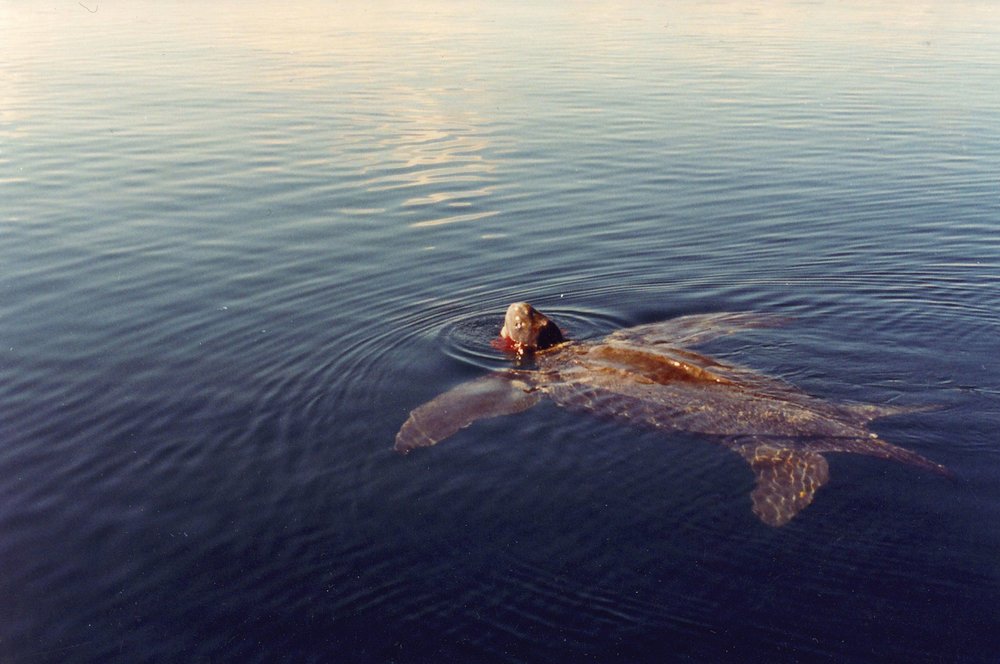The Andaman and Nicobar Islands are home to many indigenous communities who live traditional lifestyles of hunting, gathering, and small-scale cultivation. These islanders are exempt from the Indian Wildlife Protection Act and are allowed to use wildlife for sustenance, but not for sale.
Read MoreLate Cretaceous seas contained giant swimming marine reptiles, including sea turtles nearly 5 meters in length. Most went extinct with the dinosaurs — but not the sea turtles. Fossils prove sea turtles’ abundance in North America from the Gulf of Mexico to the Arctic Ocean during the Cretaceous period.
Read MoreMake a list of the world’s most endangered sea turtle populations. Is the eastern Pacific hawksbill on it? If not, it’s no surprise. Until recently, virtually nothing had been done to study what remains of these animals in the eastern Pacific, hunted nearly into extinction long before the start of the modern sea turtle conservation movement.
Read MoreThe migration of one female leatherback turtle, from West Papua, Indonesia, to the coast of Oregon, United States, demonstrates the urgent need to understand where these creatures spend their lives at sea in order to mitigate human-induced threats.
Read MoreMolecular genetics offers a valuable set of tools for unraveling the mysteries and histories of many species. In the case hawksbills, genetic techniques have drastically improved our understanding of their biology and, in turn, have enhanced our ability to manage the species.
Read MoreIn strange company with a few species of fish and nudibranchs, the hawksbill turtle is one of very few animals that feeds principally on sponges. It is the largest vertebrate and only reptile to feed on this prey. Spongivory, or feeding on sponges, is rare, presumably because of the significant defenses of sponges, such as siliceous (glass) spicules, indigestible spongin fibers, and an array of chemical compounds.
Read MoreConservation of sea turtles is not simple. It is confounded by turtles’ vast marine distributions, the many unsolved mysteries of their natural history, and the fact that sea turtles and the hazards to their survival are not distributed evenly over the face of the planet. Given the different approaches needed in different situations and the relative urgency of them all, conservationists must be strategic in their approach.
Read MoreThe hawksbill sea turtle has been one of the most persecuted of the world’s sea turtles; hunted not only for its meat and eggs like other sea turtle species, it is further cursed by its beauty. The mottled, translucent shell plates—called scutes by scientists and bekko by Japanese artisans—have been coveted for centuries as raw material for jewelry, spectacle frames, spurs for fighting roosters, and furniture embellishments.
Read MoreThe seven unsolved mysteries described in these next articles—highlight the great unknowns about sea turtles. They provide a framework for focusing scientific progress, intellectual powers, and investment in global research, and they serve as a public relations tool to generate greater interest and financing for conserving marine turtles and their habitats.
Read More








